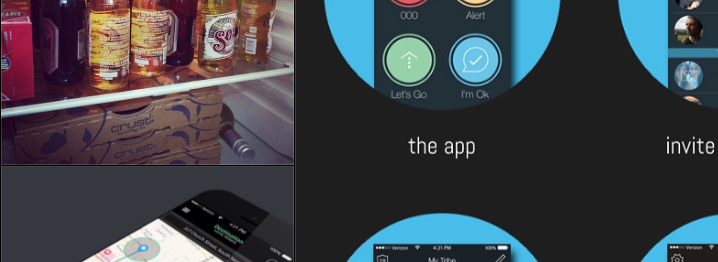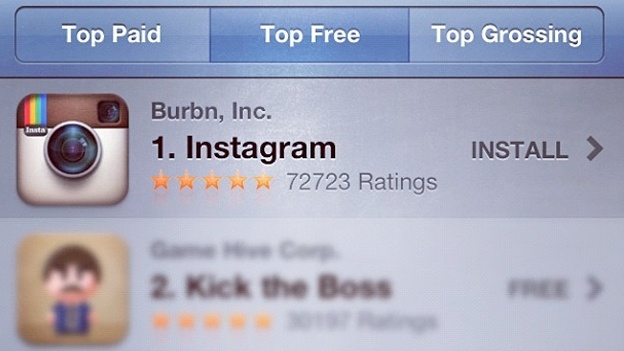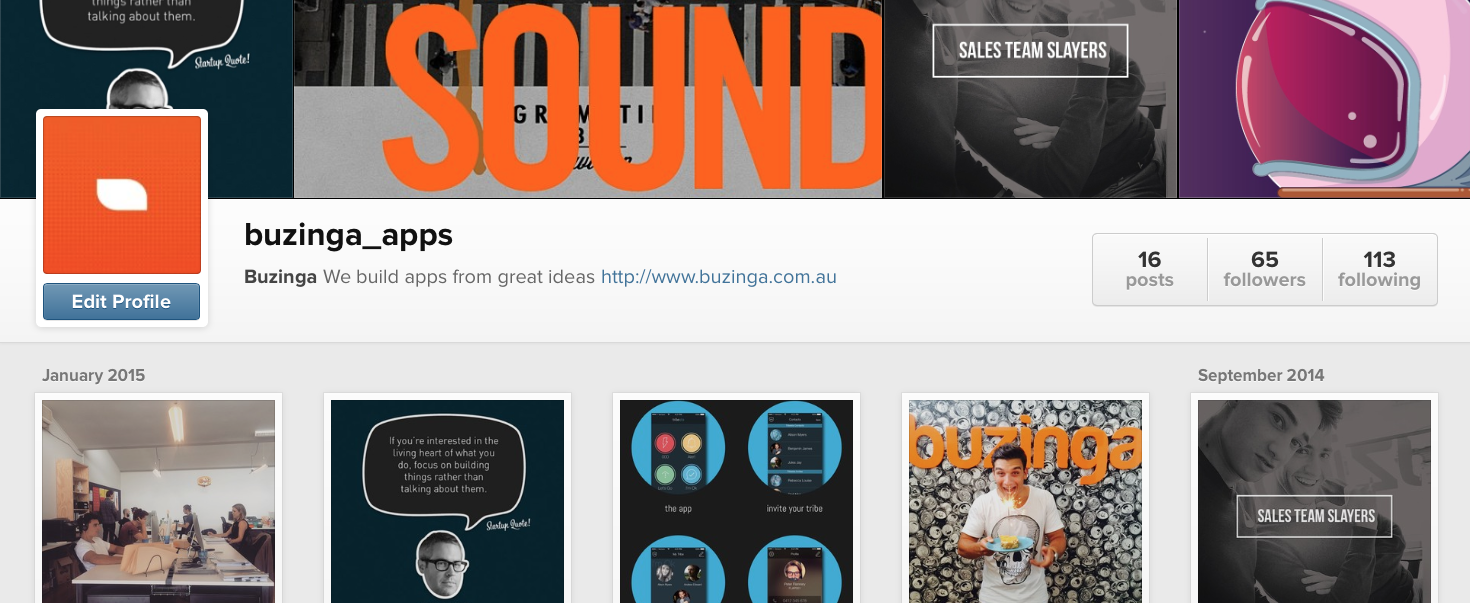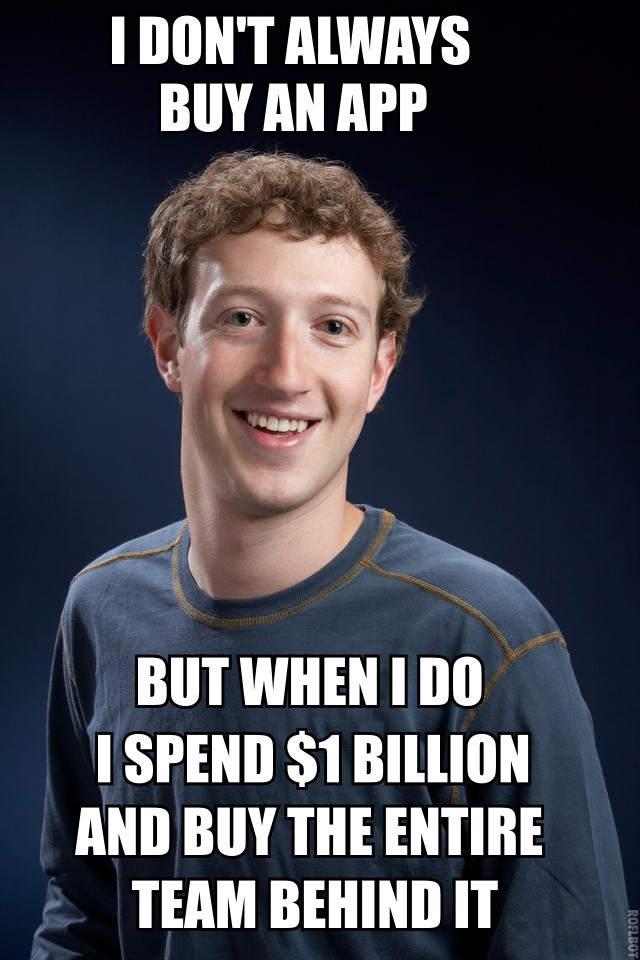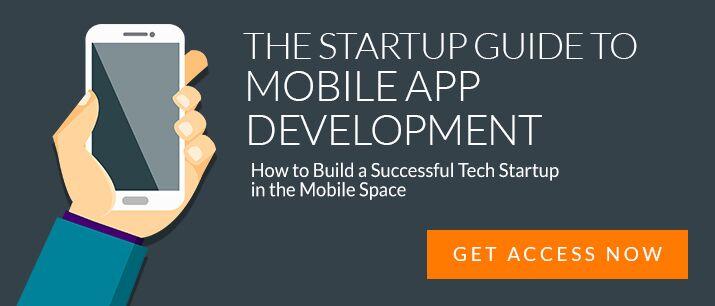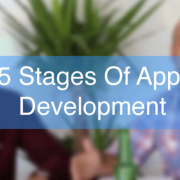How Instagram Became The #1 Photo App In 8 Hours
In it’s first week of launch, Instagram had been downloaded 100,000 times.
Another week passed, and another 100,000 people had downloaded the number one photo app.
In just 551 days, the photo sharing mobile app grew 1000% to 30 million users.
So how can you make this happen for your app?
The story of Instagram’s success is simple.
Kevin Systrom and Mike Krieger, the brains behind Instagram, met at a Stanford University start-up initiative program.
(Wait… don’t think that you have to go to Stanford to make your start-up dreams come true, look at Richard Branson…)
Systrom had previously worked on Google’s Gmail and was building an app that allowed location-aware photo and note sharing, originally called ‘Burbn’,
The app originally allowed location-aware photo and note sharing which was written in HTML5.
With an original funding of $500,000, ‘Burbn’ never really took off as they expected.
In true entrepreneurial spirit, they didn’t stop there, but asked themselves “How do we create something that is going to set the world on fire?”
What happened was the app evolved into a simple photo sharing social community that became known as Instagram.
Instagram did eight very important things to become one of the highest-valued app startups in history.
1. The Original Idea Was Simplified.
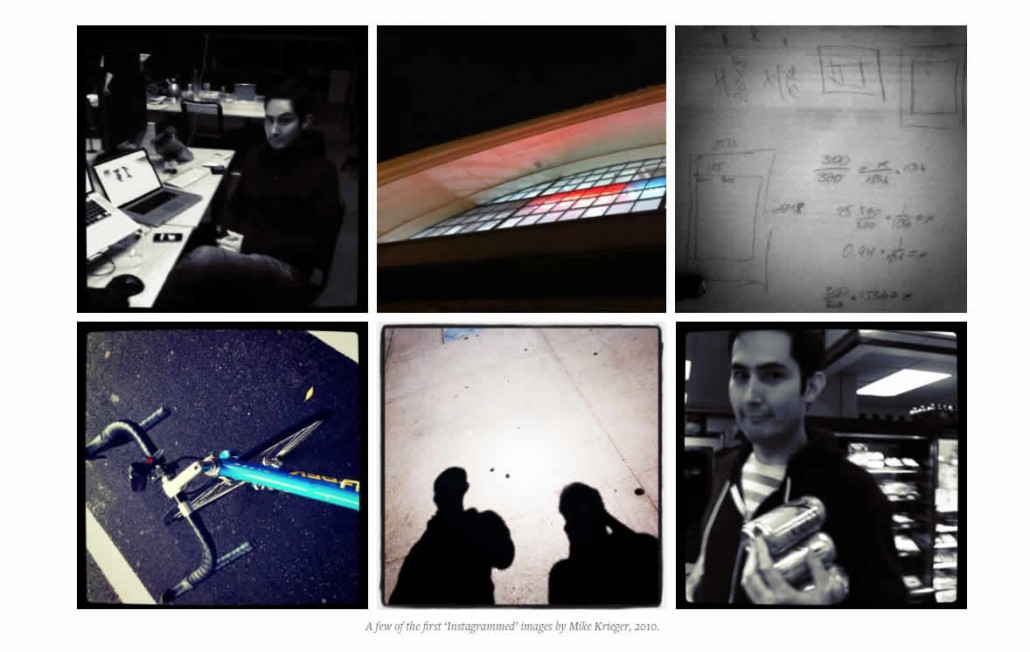 Burbn’ was stripped back of all functionality with a focus on simple ‘fast and beautiful’ photo sharing.
Burbn’ was stripped back of all functionality with a focus on simple ‘fast and beautiful’ photo sharing.
Images elicit a strong emotional connection to one’s memories so the goal was to create an app that had a vintage camera-y feel to it.
The name Burbn’ changed to Instagram; a portmanteau of “instant” and “telegram,” to add to the vintage aesthetic.
Square images were chosen, reminiscence of the Kodak instamatic cameras.
Instagram’s transformation had hit the jackpot in terms user experience, emotional connection and functionality.
How To Create the Perfect App Name
2. Instagram Remained a Humble Startup.
Despite its accelerated growth, Instagram kept its overhead low, and its headquarters weren’t anything to brag about.
Instagram was housed in Twitter’s old crib on 164 South Park Street in the trendy but still slightly seedy neighbourhood of San Francisco.
(This house must be cursed with awesomeness)
Instead of hiring workers or looking to monetise the company, they focused on growing the platform, its community and its aesthetic offerings.
At the time of its billion-dollar sale to Facebook, Instagram had only 13 office employees.
3. Instagram was Launched At The Perfect Time.
Instagram’s timing was perfect; capitalising on the smartphone revolution.
Starting out as an iOS app, it successfully targeted the growing cult following of hip iPhone users.
Staying exclusively mobile increased the anticipation of each platform release.
It waited until Android reached nearly 50% market share to launch the long-awaited app, which resulted in 1 million downloads in 12 hours.
4. Instagram Kept Their Interface Simple.
Feel free to follow us on Instagram
Instagram successfully created a new world where images – not functionality – were the main focus.
When we talk about creating the perfect experience for users, go no further than referring to Instagram.
Beautiful pictures flow down the screen through a nostalgic haze, injecting warmth into an otherwise cold screen – opposed to piles of distracting advertisements, controls and icons.
5. Instagram Stayed User-Centric.
Instagram managed to stay advertisement free.
It doesn’t push users to post, to share or even to like – it is an open space, available to use as you wish.
The easy follow/unfollow option doesn’t require a commitment as as “friending” on Facebook, you can follow whomever you want.
Consumer anxiety is lowered when there is less effort needed to perform an action that could be simplified.
6. Instagram Built a Community.
Instagram created a community, based on a single idea: sharing beautiful images fast.
Instagram gave people an easy way to connect around images, without the added pressure of complex social relations.
A talented photographer can capture a single emotion in a square image, and make the viewer stop and feel something, if only for a moment.
Instagram makes that moment easier to share.
7. Instagram Created a Valuable Data Set.
Every time an Instagram user snaps a picture, the app can capture a rich set of data, including location, time of day and other data points that can be associated with a smartphone’s sensors.
Instagram may not have been monetizing that data, but you can bet Facebook is.
“Facebook is adding another crucial set of data points/edges to analyze people’s activity online,” says Pixable CEO Inaki Berenguer. “With Instagram in the fold, Facebook can now quantify what people are taking photos about based on the tags they put on their photos.”
Read: How To Get Google To Buy Your Startup
8. Instagram put User Experience Before Monetisation.
In its short 15-month lifespan, Instagram focused on creating a community, designing functionality rather than worrying about how the platform was going to make money.
By not chasing the dollar, it was able to focus on making the app better.
What we can learn from Instagram
What worked for Instagram isn’t guaranteed to work for every startup.
The one thing that Instagram didn’t do was give up on their vision:
“To create something that would set the world on fire.”
Along the way, there were plenty of critics challenging just about every decision the company made.
If you have a vision to create something that you are passionate about; ‘Just Do It.’
Launch Hack: How To Boost Your Downloads
Latest posts by Logan Merrick (see all)
- Ep 18: Collective Campus’ CEO on Intrapreneurship and Corporate Innovation - December 20, 2016
- 50 User Engagement Strategies For Planning Memorable Mobile Experiences - December 19, 2016
- Latest Data: App Monetisation Trends And Drivers 2015-2020 - November 25, 2016

